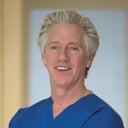Based on the single



